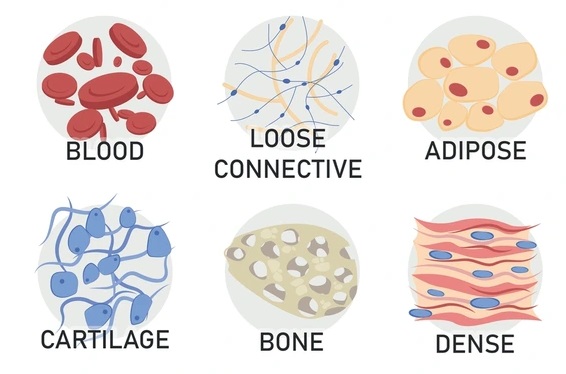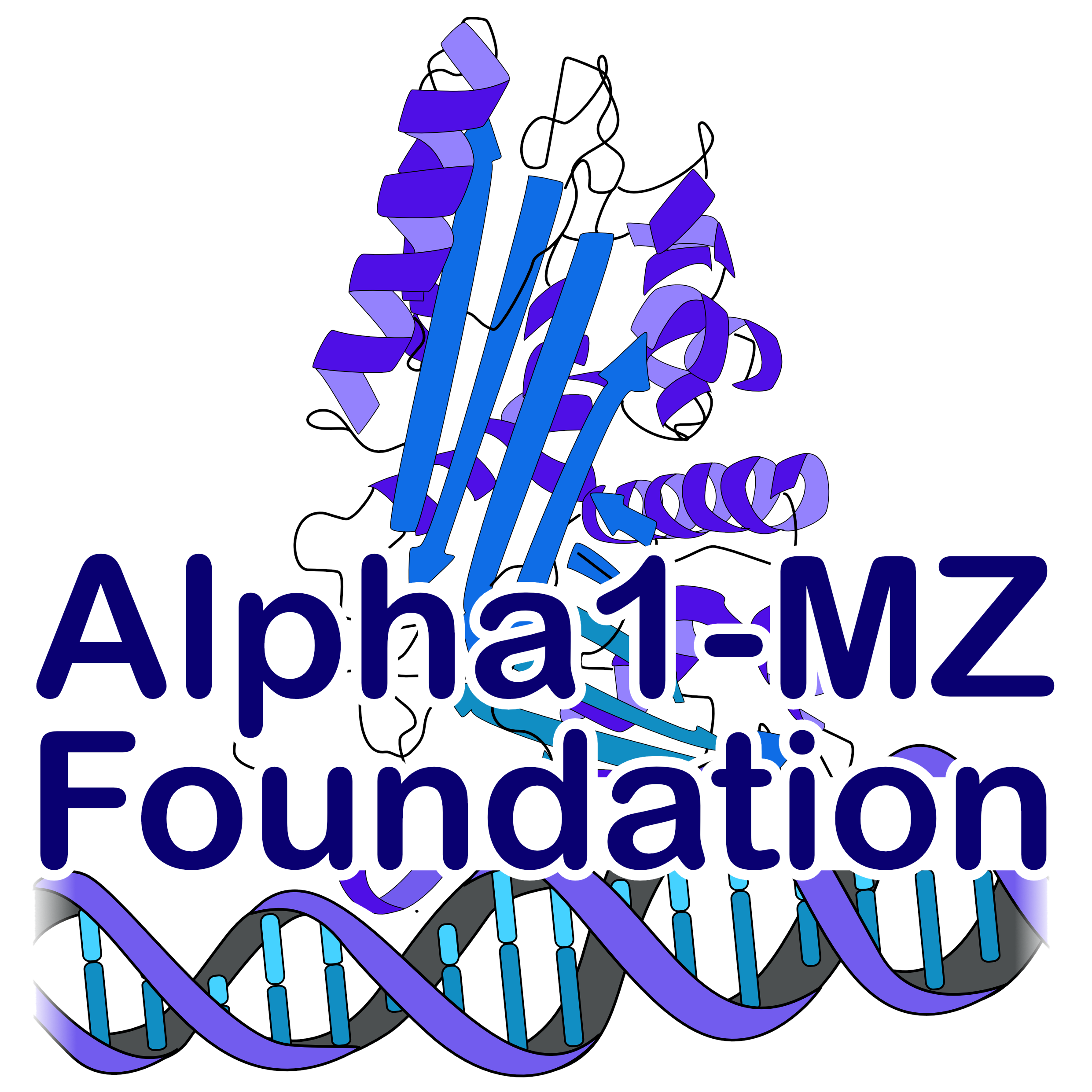Effects of alpha-1 on the connective tissue

Some of you may have been diagnosed with the Ehlers-Danlos syndrome. This is a group of disorders that affect connective tissues supporting the skin, bones, blood vessels, and many other organs and tissues. Defects in connective tissues cause symptoms, which range from mildly loose joints to life-threatening complications.
EDS is known to be a genetic defect on its own, and is not necessarily related to alpha-1 antitrypsin deficiency. However, alpha-1 antitrypsin deficiency is also known to have an impact on connective tissue, which can cause similar effects as described above, since alpha-1 antitrypsin is important in the remodeling and repair of the connective tissue.
Extract from a paper:
“AAT inhibits elastase, which is important in the process of remodeling and repair of the connective tissue. Elastase production increases with inflammation, and an individual with an MZ genotype will have increased degradation of the connective tissue matrix, leading to decreased joint stability.”
In conclusion, when you are diagnosed with EDS, and the gene tests are inconclusive, you may experience the effect of alpha-1 antitrypsin deficiency on your connective tissue, and you may want to discuss this with your doctor. Besides the decreased joint stability, there may be also life-threatening conditions caused by alpha-1 related connective tissue issues, like when it affects your coronary artery (especially when you are getting older).
In a paper by Dr. Friedrich Kueppers, named The Expanding Scope of Alpha 1 Antitrypsin Deficiency, the following is stated:
“In patients with AATD, the lack of neutrophil elastase inhibition and overactivity of proteases can degrade elastin and connective tissues, leading to a loss of elasticity in vessel walls, increased stiffness, and reduced distensibility. This can result in aortic wall weakening and aortic distention” There is an abundance of evidence reporting the protective role of AAT in preserving arterial wall integrity.”
“Data show there is a pathological association between AAT and the development of aortic distention, with age as a driving factor. AAT is genetically highly polymorphic with multiple alleles influencing serum levels, and its functionality. A pathological association is evident between different AAT alleles, with respect to vascular disease and the coexistence of emphysema, as well as aortic and cerebral aneurysms. It is, therefore, important to consider the expanding scope of AATD, and patients with this condition should be monitored for cardiovascular implications.”
Click here to download this paper.
Simply said: your blood vessels will lose their flexibility (become stiffer/brittle), so it becomes easier to “crack”. Just think about an old garden hose, that snaps open because it lost its flexibility.
When this happens in your main blood vessels, it is game over. We were informed by an Alpha-1 MZ that they lost many (older) family members this way.
In short: when you are getting older and you are an Alpha-1, it might be wise to monitor for aortic aneurysms on a regular basis.
